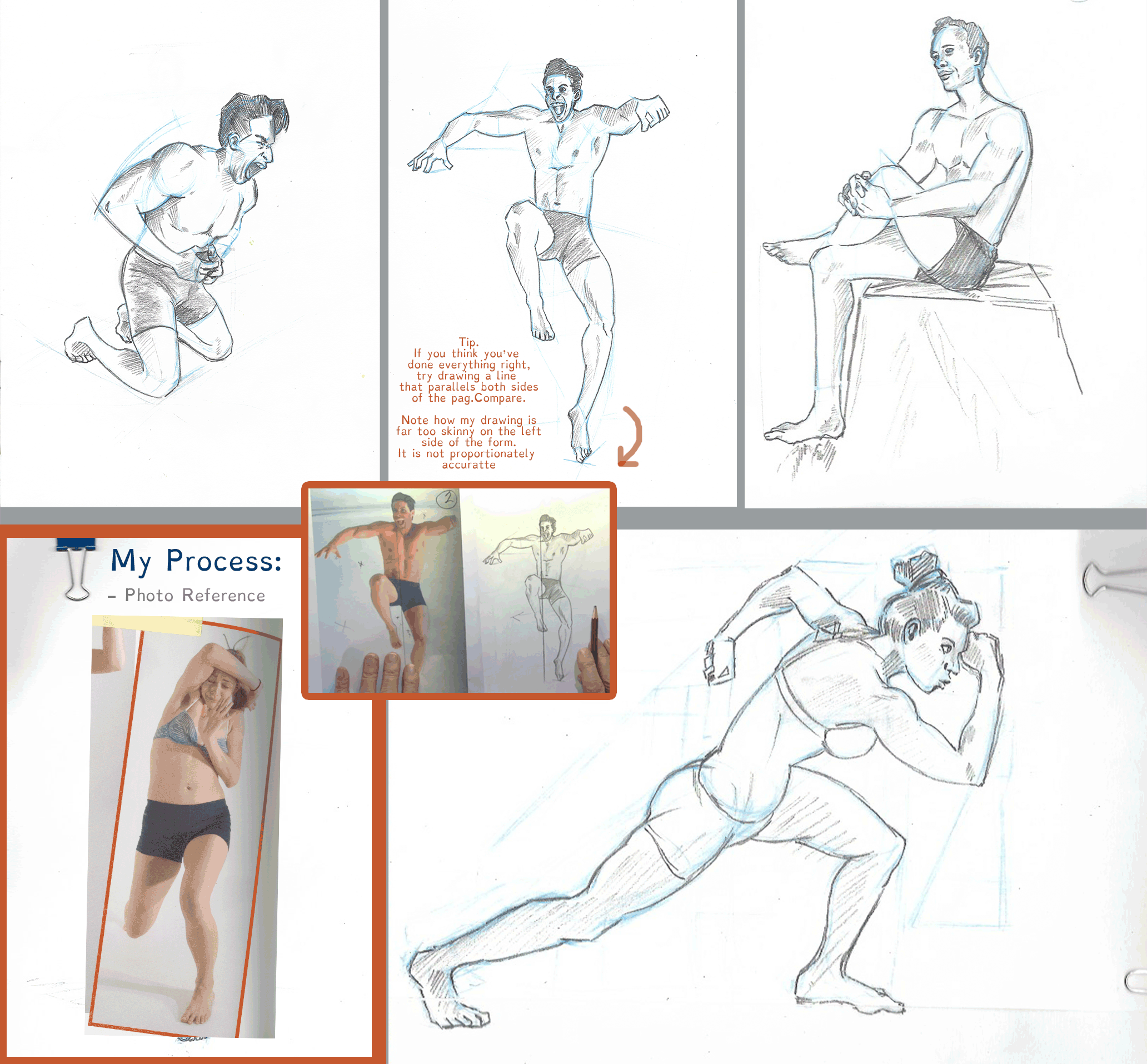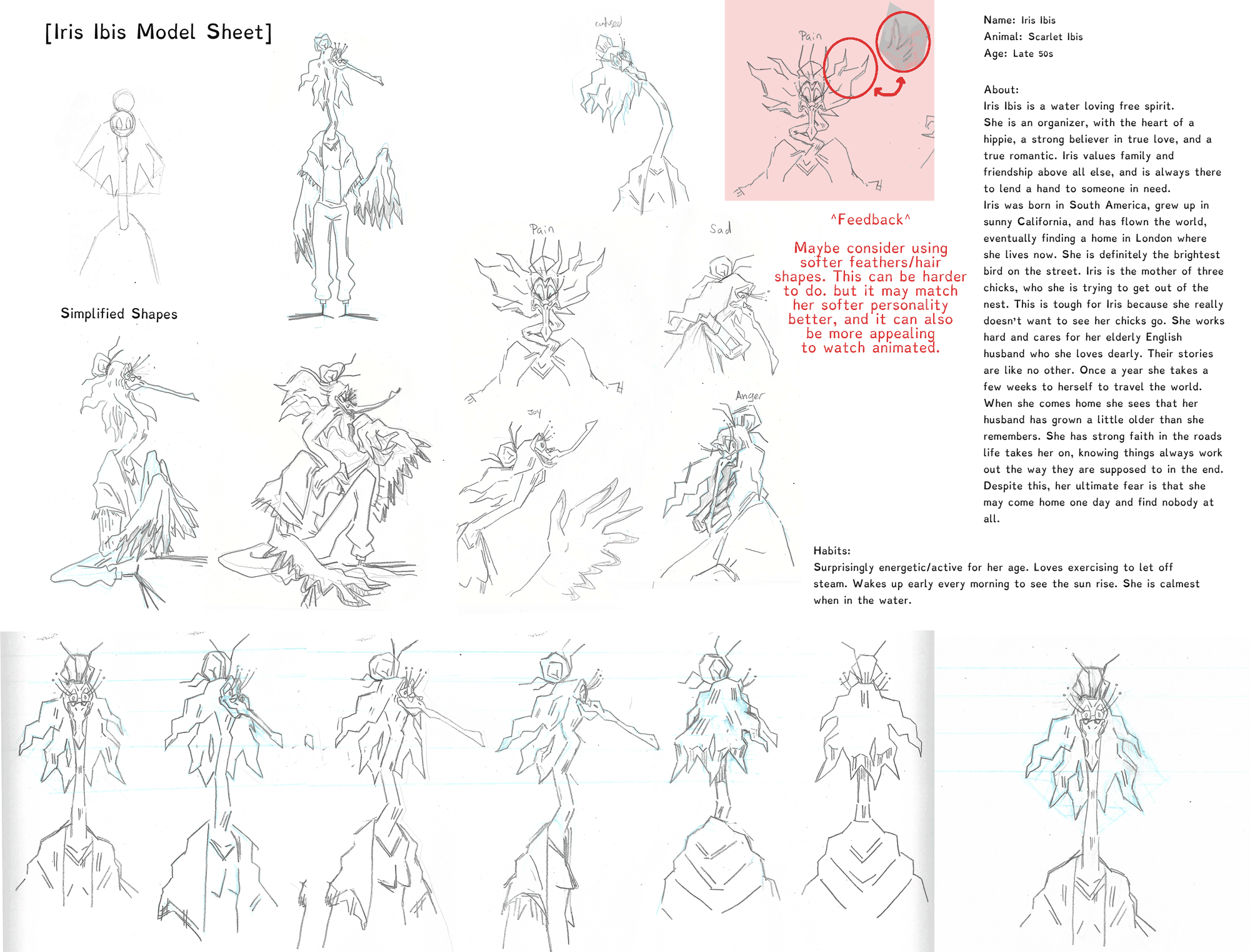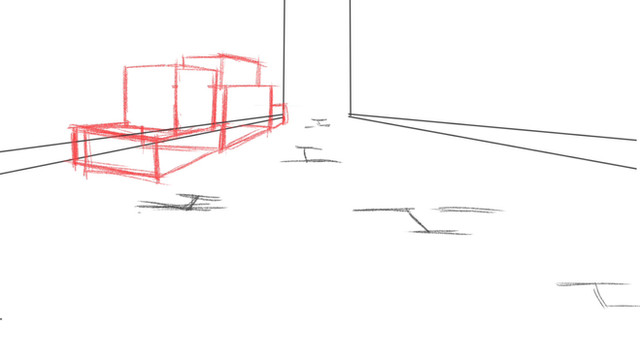HOME | DD
 BonzlyDoo — Draftsmanship practice - Week 2
BonzlyDoo — Draftsmanship practice - Week 2

#bluth #don #life #uni #drawing #university
Published: 2018-02-21 05:59:24 +0000 UTC; Views: 993; Favourites: 9; Downloads: 0
Redirect to original
Description
So it's the second week of my course, and I wanted to re-write my notes to help myself remember these useful tips.All my notes are written in the bottom right hand corner of this image, it slowly changes... probably not slow enough to read everything but you can always save the image and read the notes frame by frame if you want to understand the process.
In short, here were the tips I picked up from this week.
We once again focused heavily on the importance of negative space, and how, if you want to maintain proportional consistency, check your negative shapes. Check that they are staying consistent. Recently I was also watching an animator stream some of their work (Patrick Stannard AKA LordDirk on most social media). They were sharing tips and tricks, and mentioned how negative space plays a key role when you are 2D animating, being aware of it helps you understand your character better, the space they occupy in frame, and helps you to keep them more consistent. Consistency is a crucial skill while animating. I'm sure this is why we are focusing on these skills so heavily in class.
A few other tips are...
- Analyse, and compare when you are replicating. Draw what you SEE, not what you THINK you see. Or in other words, draw what's really there, not your version of what is represented. There's always things you can improve on. For this particular exercise, I was told this...
"If you think you've got everything right, draw a line that parallels each side of the page, and compare it [to your source image]. Doing a line down the middle is a good way to start evaluating when you copy". It should be noted that this also doubles to help you find your figure's centre of gravity (if you want to use it in this way).
This is probably better illustrated by the small visual in the orange box, which looks somewhat accurate at first, but when Don drew the line through my work, he showed me just how skinny I had made the figure, they should have a lot more mass to the left side of their body according to the reference image. - Take time to visualise your image before you do it. Not just in life drawing, in anything. Become friends with that quiet space that happens before you set down your pencil. This is the time you take to THINK as an artist, take advantage of it, it can be the most challenging and the most exciting part of the process. It's what separates you from a camera.
"Cameras are for creating exact replicas of a moment, you are an artist. Visualising first gives your work personality." - When drawing from photos, use a ruler to compare proportions. It's ok to use a ruler to learn. You're using it to challenge yourself to be more accurate. Use any tool you can, even tracing. Don said an interesting thing...
"You trace a drawing when you want to learn from an artist by walking the same footsteps as them. Tracing is not a bad thing, but it will not teach you to be a good artist. That comes by training yourself to draw what you see". - You've only got to do what's asked of you, no more. You don't have to fatigue yourself adding unnecessary details. I was told to ease up on the hatching, as shading/rendering was not part of the assignment, we were being marked on form and ability to maintain consistent proportions.
- This is just something I've picked up on. Drawings have a tendency of expanding when you work on them. This isn't such a problem with digital art, as you can near-infinitely expand your canvas, but in traditional art it is more of an issue. Make sure you have enough room to draw your figure properly on the page. This advice is especially relevant if you like drawing big. Plan for this eventuality, you don't want to be caught out with no room to add the feet on your figure.
- And finally, if you are the type of person to sketch away at an idea with many shy (hairy) pencil dashes, be brave. Try drawing with your shoulder not just your wrist. Try using broad flowing strokes. This will help your speed, show more confidence, and help create a lovely flowing picture.
























